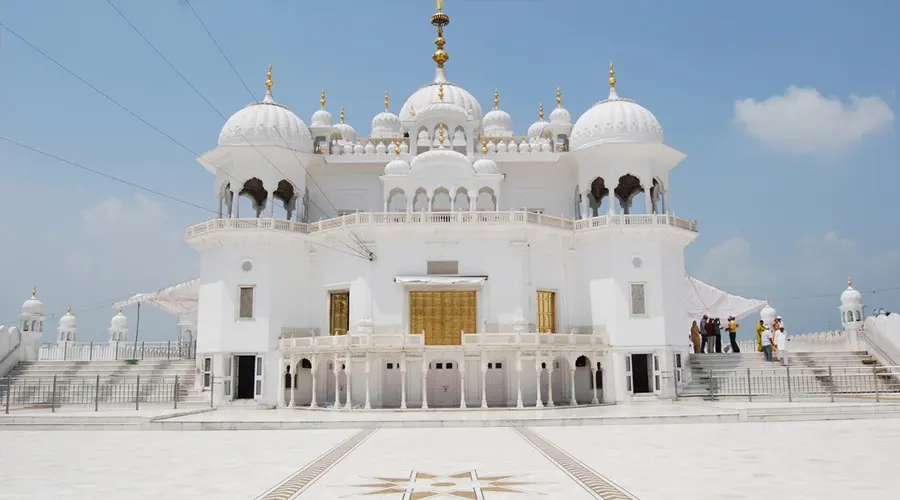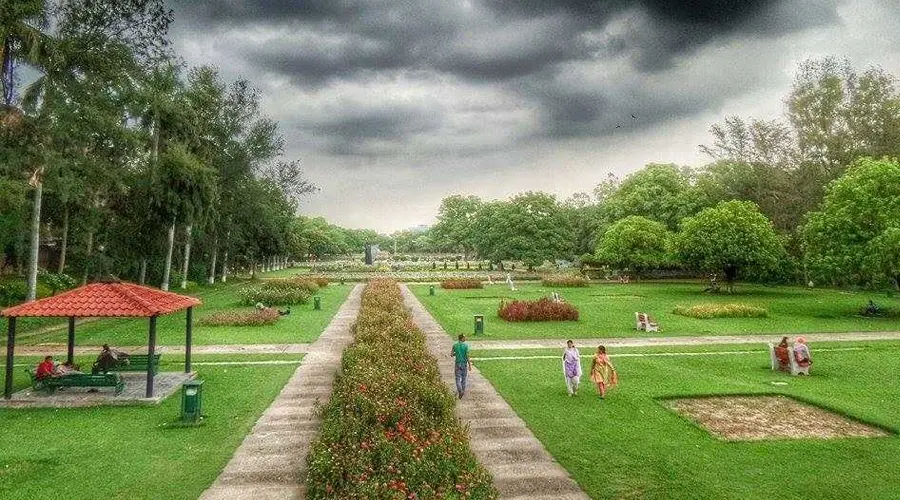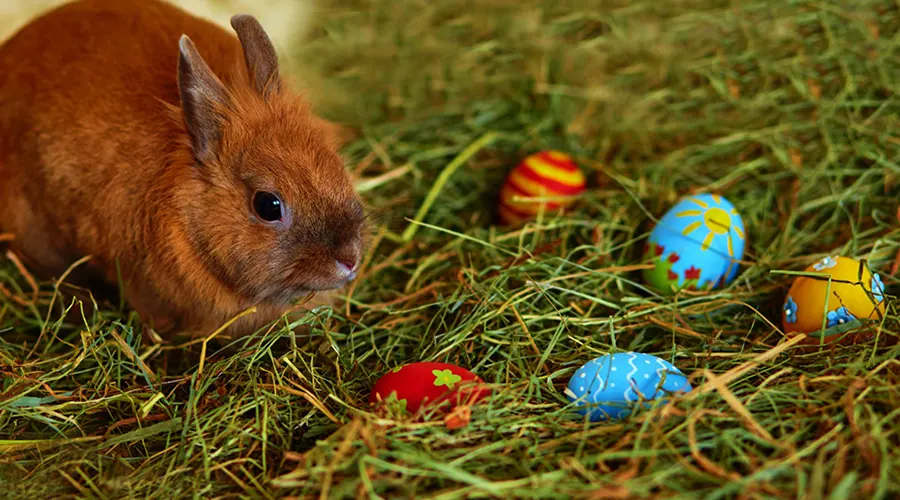Jayanti Devi Temple
Amidst the lush green surroundings with intermittent blue of the lakes, above the settlements of the tiny village of Jayanti Majri, stands a hillock on which is situated the Jayanti Mata Mandir. Jayanti Devi is considered to be a benevolent goddess who fulfills the wishes of her devotees.
She is one of the seven sisters, the seven goddesses of the Kangra Valley. It is believed that the actual Temple of Jayanti Devi was in Himachal Pradesh and was built by Pandavas. The temple on top of the hillock was built later by the King of Hathnaur for the devotees.
History of Jayanti Devi Temple
The original Jayanti Mata temple was built by Pandavas in Himachal Pradesh. The legend behind the shifting of the shrine talks about a young princess who was an ardent devotee of Jayanti Mata. When her wedding was fixed, she was filled with grief at the thought of going far from the deity of the Goddess she worshipped every day.
The Goddess appeared in the young girl's dreams and promised to go with her wherever she went. After the wedding ceremonies, when it was time for the bride to go, a strange thing happened. The doli turned so heavy that no one could move it.
The bride told the father about her dream. The King removed the idol from the shrine and gave it to his daughter. The priest and his family also followed the Goddess. The king of Hathnaur, to whose brother the princess was married, then established a temple for the Devi on a hillock in his estate.
The temple was renovated and extended by a robber named Garibdas, a devotee of Mata, who used the money he stole to help the poor people in need.
Architecture of Jayanti Devi Temple
The entrance to the temple is through a huge gate at the base of the hillock. From here about 100 steps lead up to the temple premises. The white temple is simple in design, is supported by pillars, and has white round domes on top of which flags fly.
Inside the sanctum is the stone idol of the Goddess Jayanti. There are also idols of Lord Shiva, Ganesha, Laxmi, and local deities Lokda Dev and Balasundari in folk forms.


























